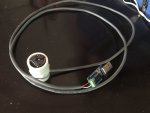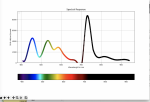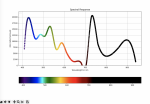RollTheBones
Vegging
Does anyone here use Mycodo for monitoring and automation in their mushroom environment?
What is Mycodo? The project is here: kizniche/Mycodo
I'm interested because I develop sensor code for the project that I use with cannabis indoor.
What is Mycodo? The project is here: kizniche/Mycodo
I'm interested because I develop sensor code for the project that I use with cannabis indoor.


